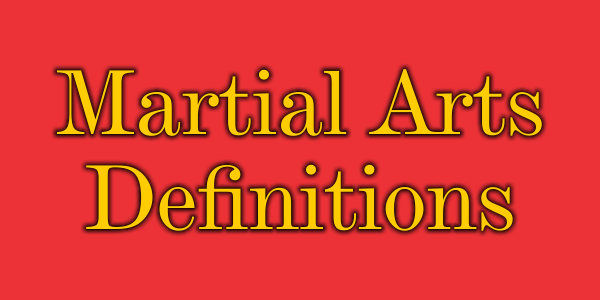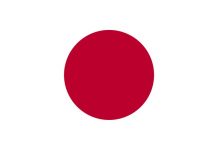| Abaniko: | This Arnis striking technique uses a stick in a movement which resembles a fan motion. | |
| Acupressure: | In this process, the channels through which chi, or life energy, flows are opened by putting pressure on or by massaging certain areas of the body. | |
| Acupuncture: | This process opens the channels in the body through which chi, or life energy, flow by stimulating the points with a needle. | |
| Age uke: | A Rising block which is also known as a high block or upper block. Upward Counter. | |
| Ai: | Translates as “harmony,” It is the idea of two opposites resting in harmony. Yin-Yang. | |
| Aiki: | “Harmony meeting.” When one combines an opponents’ energy with their own for control. | |
| Aikido: | A martial art developed by Uyeshiba Morihei in the 1930′s. Based on aikijutsu, aikido is considered a non-aggressive art, using the opponents’ energy against them. | |
| Aiki-Ha: | A theory that non-resistance works to defeat an opponent. The opponent’s own momentum and movement works against him so that the opponent is responsible for his own defeat. “Jing” is the termed used by the Chinese for the energy that is turned against an opponent. | |
| Aikijutsu: | “Technique of harmonious spirit.” A branch of ancient jujutsu from which aikido was developed. | |
| Aikikai: | A very well known martial arts training hall which is located in Tokyo. Students travel from all over the world to train at the Aikikai. It is also the headquarters of the Aikido Federation. | |
| Aite: | “Opponent” or “partner.” An adversary in a contest. | |
| Aiuchi: | “Mutual striking down or simultaneous point.” A simultaneous score by both competitors in the sport aspects of Japanese martial arts. | |
| AM: | Same a Yin in Yin -Yang | |
| Antei: | “Balance,” “stability,” or “equilibrium.” | |
| Anyo: | “Form.” Dance-like techniques practiced in the Filipino art of arnis. | |
| Ap Chagi: | “Front kick.” Also known as apcha busigi (front snap kick.) | |
| Ap: | Front. | |
| Arbir: | An Indonesian halberd weapon of Pentjak-Silat approximately five feet in length that features a shallow groove in the plane of the blade running the length of the shaft. | |
| Arit: | A sickle with pronounced crescent-blade patterns and a short handle, used in pentjak-silat. | |
| Arnis: | “Harness of the hand.” A Filpino martial art, also known as eskrima and kali, centering around stick, blade and empty hand combat. | |
| Ashi: | Leg or foot. | |
| Ashi ate: | “Foot strikes” or “leg strikes.” | |
| Ashi barai: | Leg sweep. Also known as ashi harai. | |
| Ashi gatami: | Leg lock. | |
| Ashi-guruma: | Foot wheel. Judo foot technique. | |
| Ashi no ura: | Sole of the foot. | |
| Ashi sabaki: | “Foot work” or “foot movement.” | |
| Ashi waza: | Foot or leg techniques. | |
| Atama: | Head, or more specifically, top of the head. | |
| Ate: | Striking. To strike. | |
| Atemi: | Vital points on the body which are vulnerable to injury. Martial artists attack these points causing serious injury and even death and use these points to improve the flow of Chi or life energy by using acupressure, acupuncture and massage. | |
| Au: | To encounter an opponent in any Japanese martial arts contest. |






